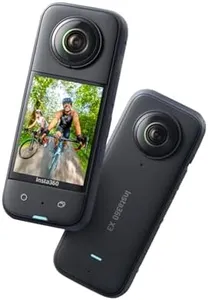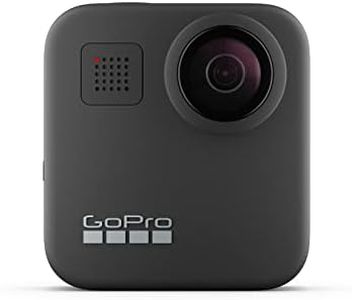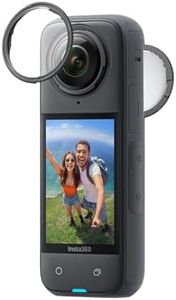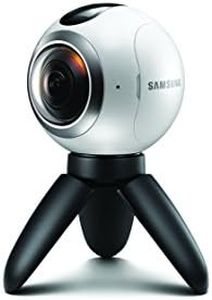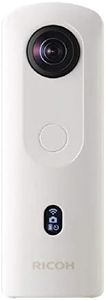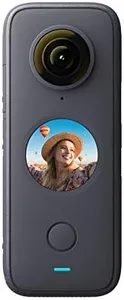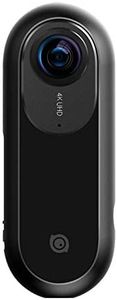We Use CookiesWe use cookies to enhance the security, performance,
functionality and for analytical and promotional activities. By continuing to browse this site you
are agreeing to our privacy policy
10 Best 360 VR cameras
From leading brands and best sellers available on the web.Buying Guide for the Best 360 VR cameras
360 VR cameras are fantastic tools for capturing everything around you in a single shot, making them popular for immersive photos and videos, virtual tours, and outdoor adventures. Choosing the right camera for you means thinking about where and how you’ll use it—like if you care more about ultra-crisp video, easy sharing, or durability for rugged conditions. Focus on the key specs to find a camera that fits your needs and makes creating immersive content fun and straightforward.ResolutionResolution refers to how many pixels the camera captures in one image or video frame. Higher resolution means clearer and sharper images, which matters a lot for VR because you don’t want blurry scenes when you look around. Cameras usually range from basic HD (around 1080p for each lens) up to 4K, 5.7K, or even 8K for each panoramic shot. If you plan to view or edit content on big screens or want high-detail footage, go for higher resolutions. For simple social sharing or personal fun, lower resolutions will save space and work just fine.
Stitching QualitySince a 360 camera usually uses two or more lenses to capture everything around it, those separate images need to be stitched together into one seamless sphere. Good stitching hides the places where the images join, giving the viewer a smooth experience. Basic or entry-level models might show visible seams, especially close up or with moving subjects, while advanced cameras have better in-camera or software stitching for flawless results. If you’ll use your camera for professional projects or critical viewing (like VR headsets), prioritize advanced stitching performance. For casual use, small imperfections won’t be a big deal.
StabilizationStabilization is about keeping your video smooth, even if your hands shake or you’re moving (like walking or biking). Good stabilization will stop the video from looking wobbly or dizzying, which is very important for immersive VR footage. Some cameras have strong built-in stabilization for action footage, while basic models might only offer minimal help. If you plan to film while on the move or want cinematic look, choose cameras with advanced stabilization. If you’ll keep the camera still, simple stabilization is enough.
Low-light PerformanceLow-light performance describes how well the camera can capture clear photos or videos when lighting isn’t ideal, like indoors or at dusk. Better low-light capability means less grain and more color detail in dark situations. Some cameras have larger sensors or special processing for dim settings, while others need strong daylight to perform best. Think about whether you’ll mostly use your camera outdoors in sunlight, or want flexibility to shoot indoors or at night, and choose accordingly.
Ease of Use & App FeaturesEase of use covers everything from simple controls on the camera to how the mobile app works for editing, sharing, or live streaming. Beginners will appreciate clear menus and helpful apps that make editing or posting to social media as easy as possible, while advanced users might want manual controls and pro editing options. Consider if you want a camera you can just ‘point and shoot’, or if you’d enjoy exploring advanced features and creative editing in the app.
Battery LifeBattery life means how long the camera can record before it needs recharging or a new battery. Some cameras record for an hour or less per charge, while others last longer. If you’ll be filming long adventures or events, look for models with longer battery life or swappable batteries. For quick clips or casual use, a shorter battery life may be fine.
Durability & WaterproofingDurability and waterproofing refer to how well the camera handles drops, dust, or water. Rugged models can survive outdoor trips, rain, or even underwater use, while basic models are better kept on dry land. If you want to use your camera for action sports, hiking, or underwater, prioritize durable or waterproof designs. If you just plan on indoor or calm conditions, this isn’t as crucial.

